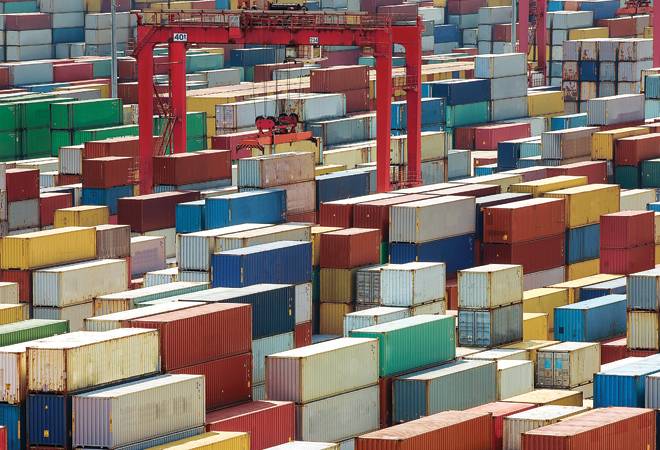
There is no cork-popping moment for India's logistics sector, yet. Particularly, when compared to other countries.
The World Bank's Logistics Performance Index (LPI), a benchmarking tool that allows for comparisons across 160 countries and one that is based on a survey of operators on the ground, tells of this bumpy ride. In 2007, India ranked 39 in this index, hovered in the mid-40s in 2010 and 2012, further slipped to 54 in 2014 and dramatically improved to 35 in 2016. This improvement was short lived - India's ranking in 2018 has slipped again to 44, just ahead of Turkey, Indonesia and Cyprus.
The NDA government, nevertheless, has realised the importance of the sector. Pirojshaw Sarkari, CEO of Mahindra Logistics, says that to make Make-In-India successful, Move-In-India has to be successful as well. Raw material has to move in efficiently to the manufacturing plant and finished goods have to move out and shipped to the end consumer in quick time. If these two legs are not competitive, India cannot be competitive in its manufacturing.
The last Economic Survey further put the strategic importance of logistics into perspective: "The Indian logistics industry, worth around $160 billion, has grown at a compound annual growth rate of 7.8 per cent during last five years. Improving logistics sector has huge implication on exports and it is estimated that a 10 per cent decrease in indirect logistics cost can increase 5-8 per cent of exports. With the implementation of Goods and Services Tax (GST), the Indian logistics market is expected to reach about $215 billion in 2020, growing at a CAGR of 10.5 per cent," the Survey states. A better performing logistics sector, it added, would also enable India to become an important part of the global supply chain.
The government made many interventions, GST being the biggest thus far. As many as 17 different central and state level taxes got consolidated into one nationwide tax, removing octroi or entry taxes. Same taxes country-wide means warehouses need not be in different locations for taking advantage of tax arbitrage, if any. Faster movement of goods has resulted in cost savings for the companies. According to a survey by real estate consulting firm Knight Frank, last year, removal of check posts led to an average cost saving of 3-7 per cent, which varies across several industries.
GST is also forcing a consolidation in the warehousing industry. Fast moving consumer goods companies, consumer durable and other manufacturing firms are getting rid of godowns in favour of larger warehouses. From managing single company warehouses, logistics companies are shifting to a multi-client, multi-product model. As companies consolidate operations in large warehouses, they can cut down on cost. Larger warehouses also lend to automation, which implies a quicker turnaround.
The next big revolution for the sector ought to be multi-modal transport - transport modes in India operate in an independent manner with heavy reliance on roads, which form roughly 60 per cent share of the transport mix today. The Indian coastline and river networks are under-utilised. The cost of coastal shipping, per tonne per kilometer, is far lower compared to either roads or railways. A Deloitte-Assocham report states that "addressing these anomalies alone provides a huge potential to lower logistics cost in the economy by Rs 21,000-27,000 crore by 2025".
Potential is the word to be underlined. According to some experts, many infrastructure projects are at early stages (Sagarmala or port-led development, for instance) and could take years to fructify. A smooth ride isn't a pipe dream but its got to wait.
@Goutam20